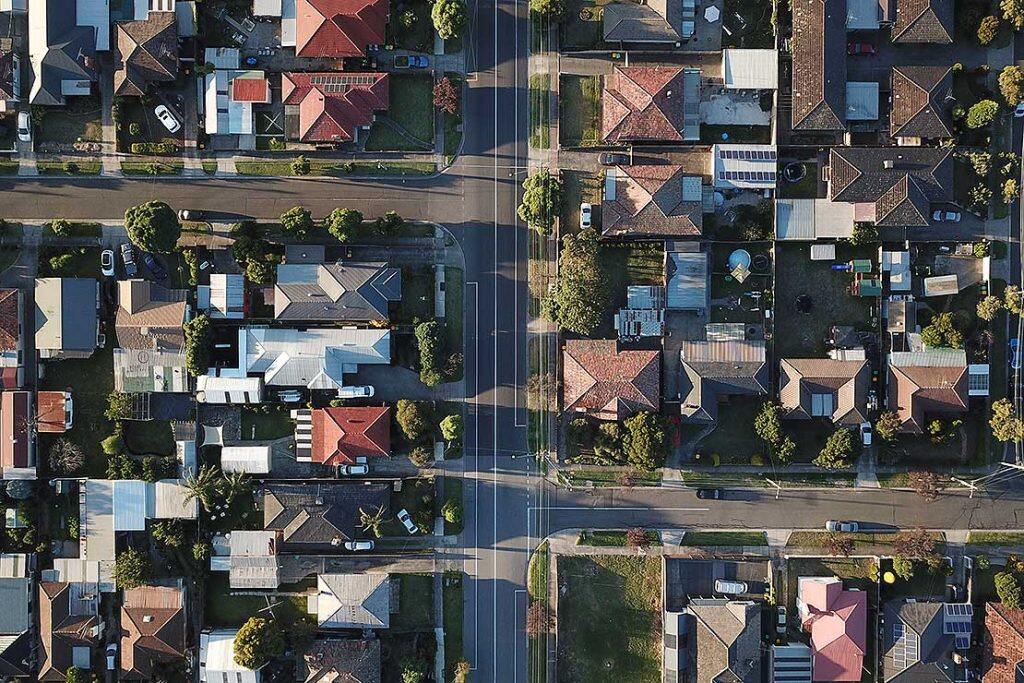

The latest Massey University Home Affordability Report shows an overall decline in national affordability over the most recent quarter, largely driven by soaring house prices in most regions and an increasing interest rate.


The report, which covers the quarter from May 2021 to August 2021, shows median house prices across the country increased by 3.7 per cent in aggregate. This, combined with an increase in interest rate, has seen national home affordability decline by 2.7 per cent.
National house price-to-income ratios have slightly improved this quarter, with house prices moving from 12.4 to 12 times the average annual wage.
Report authors, Dr Arshad Javed and Professor Graham Squires from the Massey University Real Estate Analysis Unit (REAU), say the results show home affordability in New Zealand continues to fluctuate from quarter to quarter.
“Again in this quarter we have seen a decline in affordability. If we take an annual view, there’s a solid decline in affordability at a national level of 14.3 per cent, reflected in all 16 regions,” Professor Squires says.
“Within this aggregate result, there are some large regional changes, including a 57.9 per cent decline in affordability for the Manawatū/Whanganui region over the past year, and more than 30 per cent decline in affordability for the Bay of Plenty, Gisborne, Hawke’s Bay and Tasman regions.”
The greatest increase in median house prices, in percentage terms, has for the last quarter occurred in Marlborough (34.6 per cent or $225,000), Waikato (6.8 per cent or $50,000) and Auckland (4.5 per cent or $52,000). Nine of the 16 regions showed an increase in house prices in this quarter except reduction in Gisborne (-19.4 per cent or -$120,000), Tasman (-5.9 per cent or -$50,000) and Northland (-5.1 per cent or -$35,000).








































